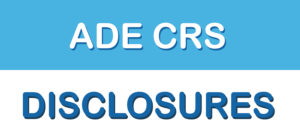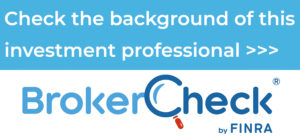Your Emergency Fund: How Big Should It Be? When Should You Use It?
If you think of your finances as a house, your emergency fund would be the foundation. It’s the first step you take in building a strong financial life.
Life can be full of unexpected surprises. Sometimes those surprises are expensive, too! Building an emergency fund can help you prepare the cost of these surprises, so you can stay on course toward your financial goals.
Save enough to cover 3-6 months of essential expenses. That’s typically how long it will take to find a new job. While it can be stressful to spend several months without a paycheck, your emergency fund can help you pay for basic needs, such as your rent or mortgage, utility bills, and groceries.
If you do deplete your emergency fund during a spell of unemployment, remember to build it back up once you find a new job. When you’re at a comfortable point with your savings or earning a higher salary, you can always build a bigger buffer and boost your emergency fund to cover more than six months of expenses.
Use your emergency fund to pay for large, unexpected bills. What happens if your car needs extensive repairs? Or your refrigerator quits? Or an accident puts you in the hospital? Circumstances like these usually come out of the blue— and with bills that can be quite large.
These are all good reasons to have an emergency fund you can tap for large, unplanned expenses. Without adequate savings, you may need to rely on credit cards or other borrowing to cover these costs. The high interest rates that may come with this debt can make these bills more expensive and take longer to pay off.
Keep your emergency fund where you can access it easily. The simplest place to save for emergencies is at a bank. Money you keep in a traditional savings account is readily available to you. Depending on your bank, you may be able to transfer money to a checking account immediately so you can pay for emergency expenses the same day.
Right now, traditional savings accounts don’t pay all that much interest, so that’s a downside. You could keep emergency fund savings in a certificate of deposit or CD, which typically pay higher interest rates than a basic savings account. However, a CD requires you to tie up your money for a set period, such as six months. That could make it harder to access your money when you experience an emergency.
Thanks for checking out the blog.
Gregory Armstrong , CFP®
This material is for general information only and is not intended to provide specific advice or recommendations for any
individual. There is no assurance that the views or strategies discussed are suitable for all investors or will yield positive
outcomes. Investing involves risks including possible loss of principal.
This material was prepared by LPL Financial. Securities and advisory services offered through LPL Financial (LPL), a registered investment advisor and
broker-dealer (member FINRA/SIPC).
Insurance products are offered through LPL or its licensed affiliates. To the extent you are receiving investment advice from a separately registered independent investment advisor that is not an LPL Financial affiliate, please note LPL Financial makes no representation with respect to such entity.
Securities and insurance offered through LPL or its affiliates are: 









